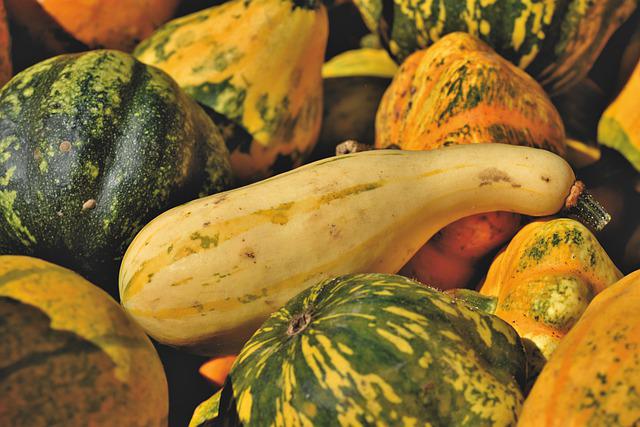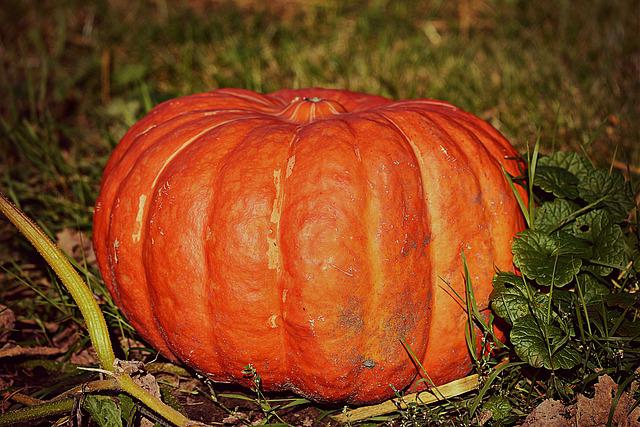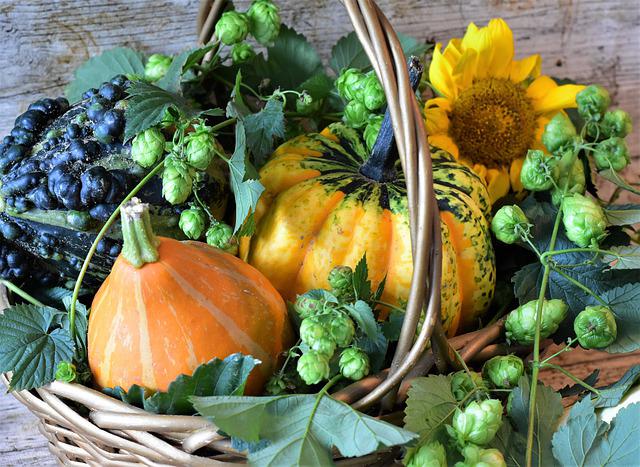Are Pumpkins Squash or Gourds?

Pumpkins are both gourds and squash. Pumpkins are not vegetables but fruit. You can eat them raw or cooked. Deers love them. However, you might be wondering what makes a pumpkin squash and a gourd? How are they the same and different from each other? There isn’t any significant difference between pumpkins, gourds, and squash. Find out here!
Table of Contents
What is a Pumpkin?
A “pumpkin” refers to a type of squash, whereas a “gourd” refers to a different branch of the Cucurbitaceae family, which is what the word “pumpkin” actually means botanically. The word “pumpkin” is more of a slang term for round, orange squash. They are not different from squash from a scientific point of view, though. This is why the words “squash” and “pumpkin” are often used the same way, especially around the world. In one country, something called a “pumpkin” might be called a “squash” in another.
Pumpkins can be kept in good shape for two to three months at 50-55°F and 70% to 75% relative humidity. Hubbard and butternut squash can be kept for at least 6 months, acorn squash for 5-8 weeks, and buttercup squash for at least 2-3 months. If you store squash with things that make ethylene, like ripe apples or pears, the squash will change color, get stringy, and go bad. It’s important to keep squash dry and ensure there’s enough airflow.
What is a Squash?
A squash is “any of several marrow-like cucurbitaceous plants of the genus Cucurbita” that produce fruits with “edible flesh inside a hard rind.” (The plural can be squashed, but squash is usually used to talk about them as a group.)
Most squashes eaten are called squash, even though they are technically fruits but are usually treated as vegetables. Like zucchini and yellow squash, summer squash has soft skins and is picked in the warmer months. In contrast, winter squash has a hard shell that protects soft flesh and seeds inside (like pumpkins and butternut squash). Summer squash takes 45 to 60 days to grow to maturity, while winter squash takes 80 to 100 days.
The word comes from the Narragansett word asktasquash, which means “green vegetable eaten while still green.” Around 1640, squash was first used in English.

What is a Gourd?
Most gourds are grown for decorating, making household items, and other common uses. Common examples are large, colorful turban gourds, small, hand-held ornamental gourds, and hard-shelled bottle gourds.
Gourds can take much longer to harvest than similar plants, sometimes up to 150 days longer. So, it may be best to start these plants indoors in places where summers are short or about average in length.
Pumpkins and gourds are members of the huge Cucurbitaceae family, with over 900 different species. Some pumpkin varieties in the Cucurbita genus are also called squashes or gourds, depending on their genes and other plant traits.
What’s the Difference Between Gourd and a Squash?
At least one significant difference between squash and gourds is that squashes are grown and harvested to be eaten. In contrast, gourds are typically grown and harvested solely for aesthetic value. You can use summer and winter squash interchangeably in many recipes. You can use them in soups and casseroles and even in a hash. You can use them in desserts, too. To make things even better, winter squash is a nutrient-dense powerhouse. On the other hand, gourds lack the “fleshy” insides needed to be flavorful or plentiful enough to eat. Gourds make beautiful fall cornucopia decorations, while squash makes delicious dinner or pie fillings.

So What Makes a Pumpkin Both a Gourd and Squash?
Pumpkins can be so many different things at once is no surprise. As a squash, a gourd, a fruit, a food, an activity, and more, pumpkins are intriguing anomalies and contradictions. Unlike other gourd and squash varieties, this one doesn’t have a high spoilage rate. The most well-known and most sought-after fall treat is unquestionably pumpkin pie. They can be used as decorative.
